


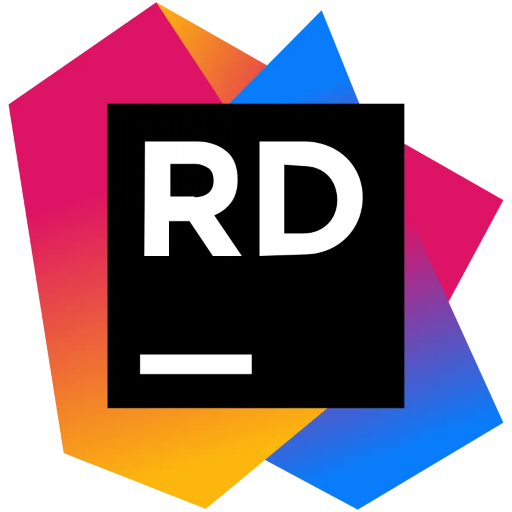
I want to say special thanks to Hisham Ata.
One of the instructors at Toronto Film School who had a heavy hand in my ability to get this
far in the first place. For whom without, this project would not be have come together.
Android. It was a whole other beast then Windows. For so many reasons.
Before I even started writing code, there was a lot of background research I wanted to do.
For example.
Allow me to ask,
if you wanted to kill a few minutes of time, would you be more likely to
open a small game that was portrait? Or a small game that was landscape?
From the research I did, the people that were asked. Almost everyone was more
inclined to play a portrait game. Why? Convenience. Industry trends, especially social media,
all play off of convenience. I would wager TikTok would not have been nearly as successful if
it were landscape.
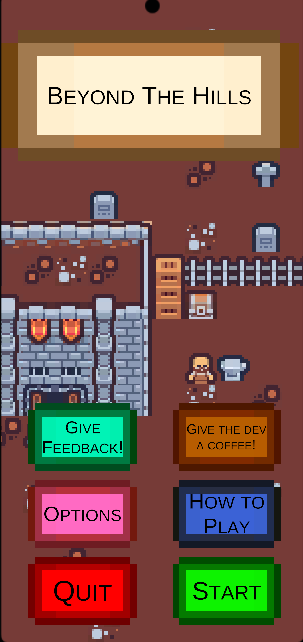
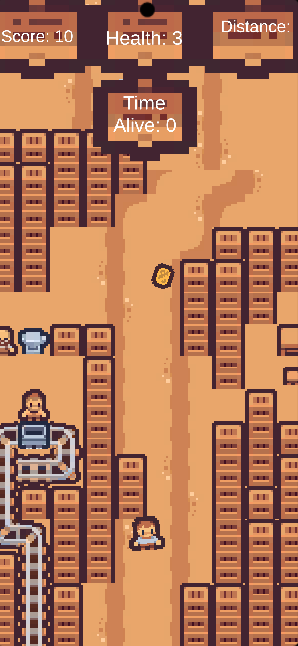
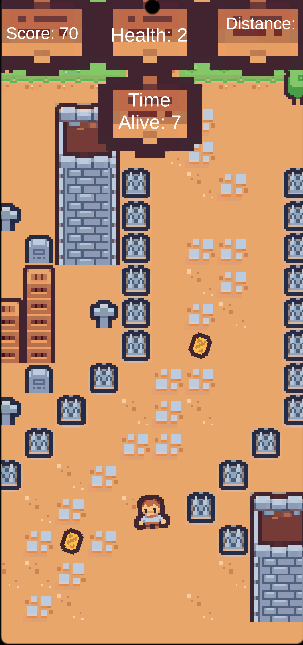
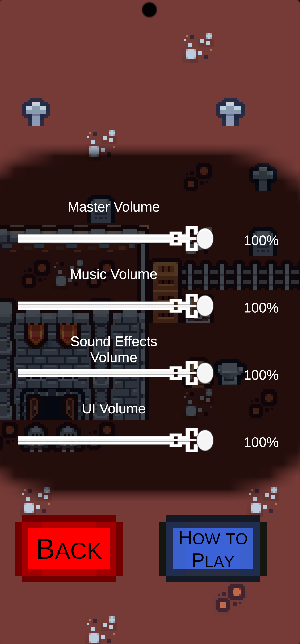
Following the logic of wanting the barrier to play to be as low as I could get it,
I designed all the UI and gameplay needs to be as close to as where the thumbs would
be resting as possible. That way it would be as convenient as possible to pick it up and
play.
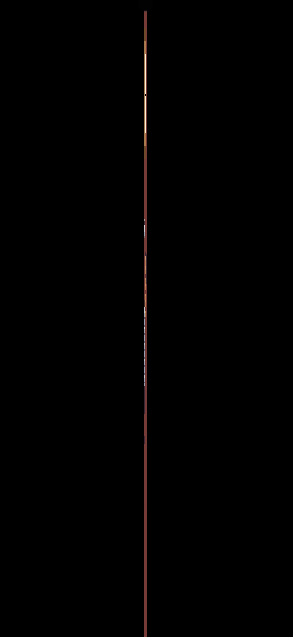
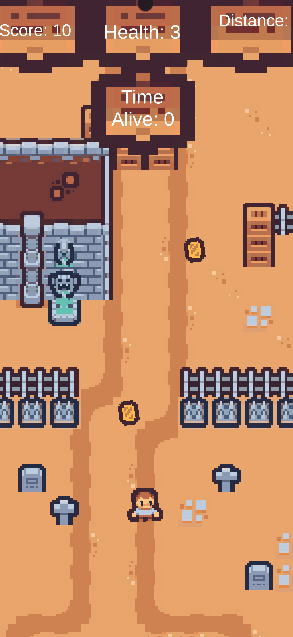
The backend was designed to be fairly simple, while also being effective. Using the dictionary
I was able to store all the various menus inside it, and reference them and push them
onto the stack when needed, and pop them from the stack when not needed.

Main Menu
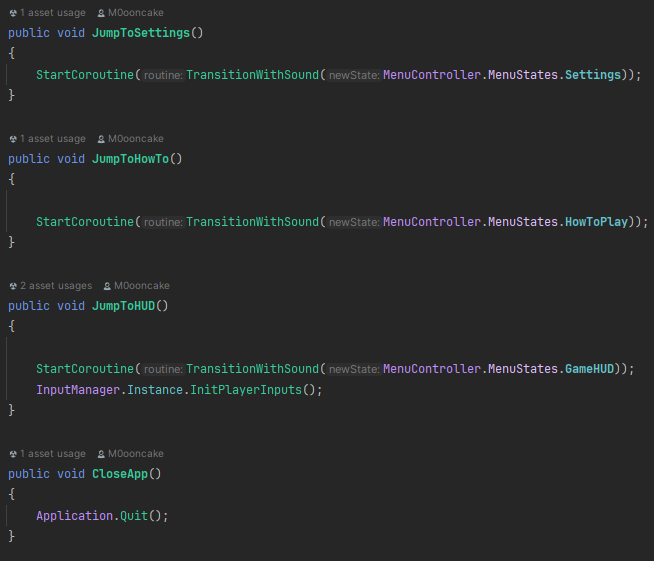
Doing it this way made it so each menu needed to know as little as possible about all the
other menus, only what is needed to push other menus. Everything else can be only about
itself. That way it improves readability and reduces bloat.
In the end, the only reason why it is at least not on the PlayStore, was simply
because Google rejected all my various bank cards for some reason. Thus, it will
live on this site forever more. But at least there is a web build version here,
so it is arguably more convenient than installing it either way.